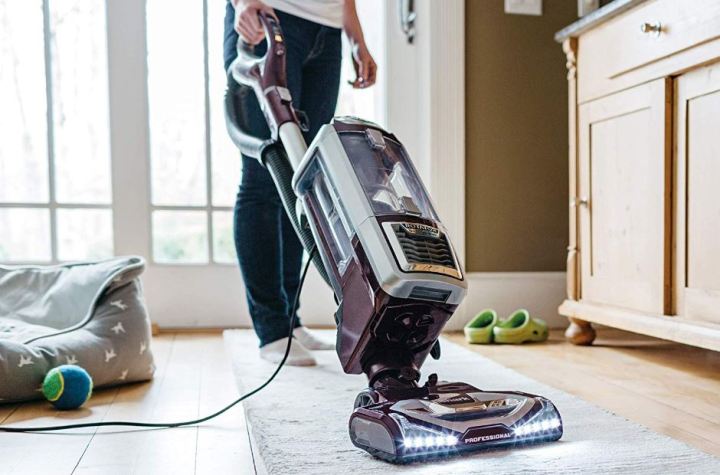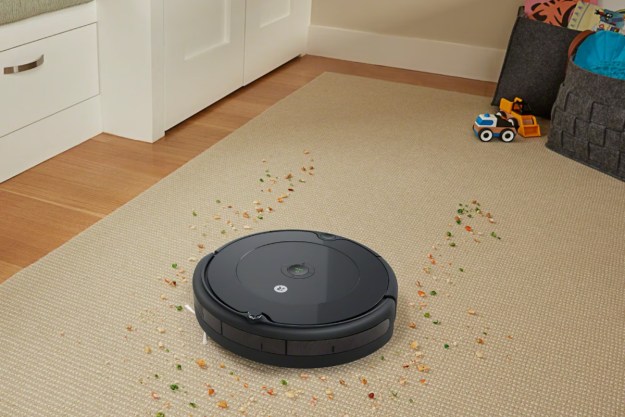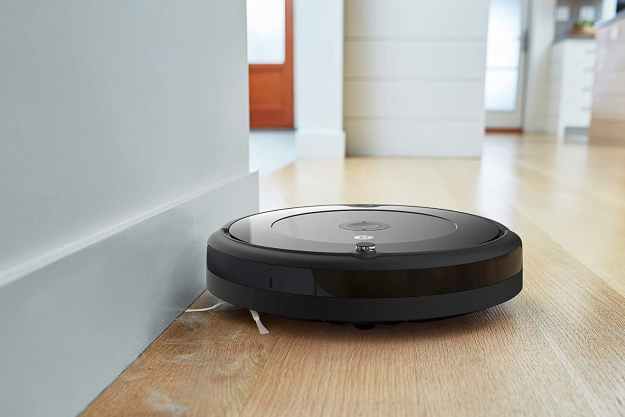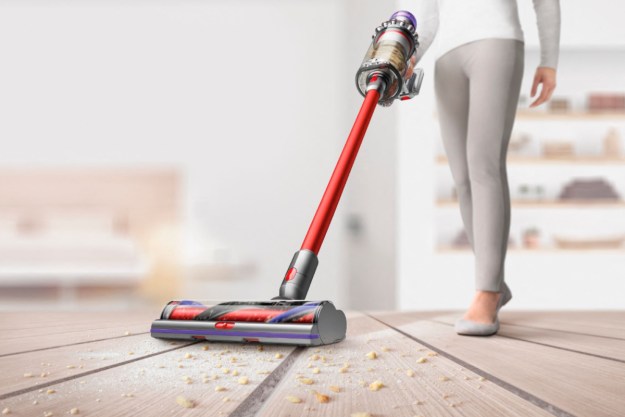It’s not exactly unusual for a vacuum cleaner to make some noise, but that also makes it easy to tell when the noise takes a troubling shift. Shark vac users may sometimes notice a sudden shift in pitch coming from their vacuum, creating a high squealing noise where none existed before.
As with any appliance, a change in sound is a cause for an inspection. It often means that something has gone wrong and needs to be fixed or that trouble is on the way. Many high-pitched Shark vac noises can be fixed with the right approach. Here’s what you need to try if you’re wondering how to fix the suction on your Shark vacuum.
Check the height

You can adjust the height on a Shark vac to accommodate certain levels of rugs, carpet, etc. If the vac has been set too high for the current surface, it won’t be able to create an effective zone of suction. That can lead to a higher-pitched sound than usual, along with a failure to pick up debris. Try switching to a lower height and see if this helps.
Examine the brush head
Brush rollers are notorious for getting clogged with hair over time, which can eventually impact how easily the motor can turn the roller. If your Shark vac has the option to turn on without turning on the roller, try this. If the high-pitched noise only starts when you enable the roller, it’s probably struggling to work. That means it’s time to give the brush roller a thorough cleaning. Pliers and scissors can be a big help here.
Make sure there are no strands of hair trapped under the roller or on the sides where it rotates. Most Shark vacs have the ability to pop up and remove the brush roller entirely for a full cleaning, which is a good choice in this case.
Powerhead brush rollers also tend to have their own separate little motors and fan belts to operate them. If you are willing to take apart the brush head entirely, you can check the fan belt for wear or damage, which can often cause whistling sounds.
Empty your dust bin

How full the dust bin is may also affect airflow. An overflowing or packed dust bin may lead to a shrill noise as the vacuum can’t fit any more debris inside. Check your dust container and make sure it is entirely empty. This is also a good time to wash and dry your filters if it’s been a while since you gave them attention — clogged filters could also be responsible for the trouble.
On the plus side, sometimes strange whistling noises are simply caused by dust bins and other components not being properly re-attached after last use. Once everything is cleaned, be sure to fully reattach all components and confirm the seals are tight.
Test it without the hose
This easy step can quickly narrow down the problem. Detach the hose and turn on the vacuum. If the squealing sound is no longer present, then your hose is likely the problem. Check it carefully for any blockages or cracks. Blockages can often be carefully pushed out of the hose. Shark also sells extra vacuum components like hoses if you need to replace them — just be ready with your vacuum model number.
Look for cracks
Older vacuums may develop cracks in their plastic frame. If one of these cracks compromises the suction in a Shark vacuum, it will start making that high-pitched squeal as a result — even with the hose off. These cracks can be difficult to spot, but look for lines, gaps, or compromised areas with a careful inspection. If you find what’s clearly a crack, you should start planning on a replacement vac.
Consider an aging motor
When vacuum cleaners (and many appliances) grow older, their motors struggle to turn like they used to. Oil lubricants fade over time, parts degrade, and eventually, motors stop working like they used to. That can also come with significant changes to the sound that your vacuum makes. If you’ve tried everything else, the noise could just be a fading motor. That definitely means it’s time for a replacement. You’ll easily know when the motor fails completely, as they tend to create burning odors and render your vacuum useless.
Editors' Recommendations
- How to save Ring Doorbell video without a subscription
- Best vacuum deals: Cordless to corded, Dyson to Bissell
- Roborock S8 MaxV Ultra vs. Roborock S8 Max Ultra: Which is the better robot vacuum?
- Roborock S8 MaxV Ultra vs. Roborock S8 Pro Ultra: Which is the best robot vacuum?
- Narwal Freo X Ultra vs. Narwal Freo: What’s the difference between these robot vacuums?




